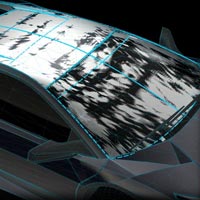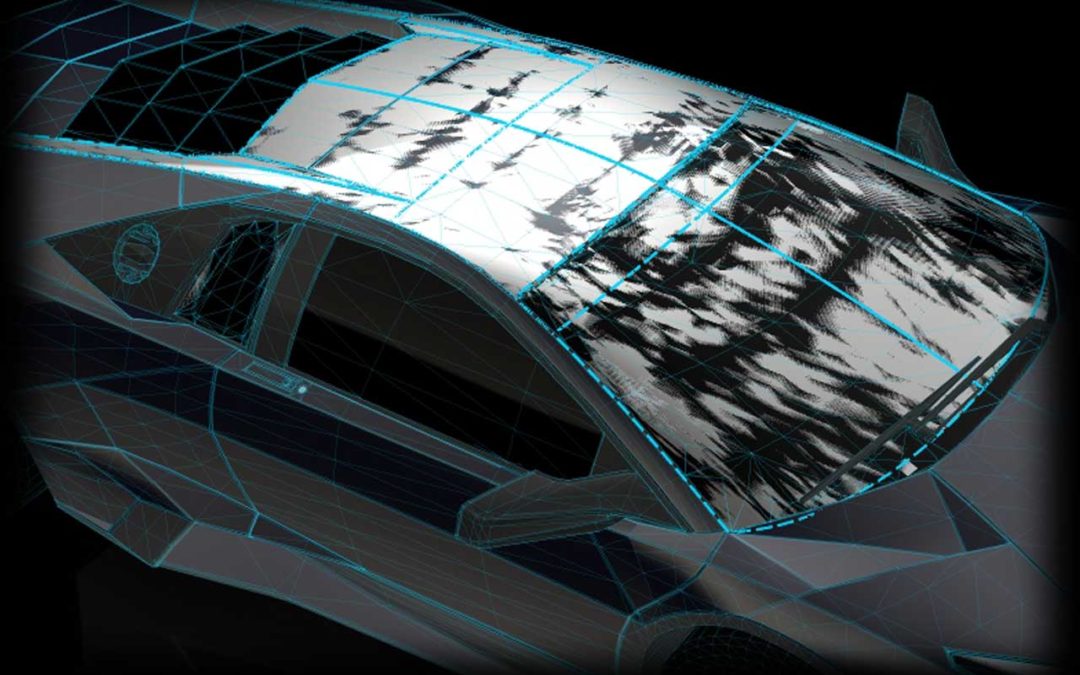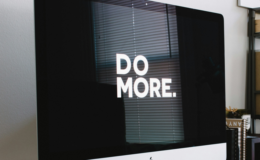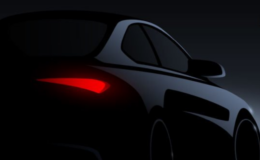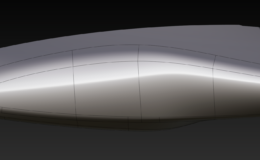Free: Mirror Mesh, 3D Model and Shelf Preset Download
You can see the whole tutorial in three parts below
For even more data you can click here: Alias Modeling Free Tutorial – 3D Model PDF Free Download
At the beginning of my 3D ModelingCareer I struggled with not having direct source of answers to notoriously bothering me 3D modeling questions. Back then I knew where my digital models lacked quality but didn’t have a clue how to efficiently address the problems or where to go to search for the answers in terms of modeling quality. It would be great to have all solutions in one place, composed by someone who actually experienced them himself.
So how to take your Digital Modeling to the top level? Sometimes you can model traditionally using the school taught methods, other times you should be unconventional and apply ‘less heard-of’ methods. Don’t always follow rigid practices but rather adjust to the situation. That means that you should be flexible and smart in choosing the modeling strategy. Let’s look closer into what that means and what you need to do about it.
Do you feel like you moving towards a high level of 3D modeling proficiency, but you still have some unanswered queries lingering around? You are able to create cool and desirable digital products, which, however might embed minor topology issues that are ‘not such a big deal’? When ‘you of yesterday’ hit the career progression ceiling, and ‘you of today’ would like to better yourself for tomorrow it might be difficult to find the right track.
Back in the day, I completed tones of learning materials from, what it felt like, millions of different websites and books. Starting from the Autodesk Official Website itself, and ending at a Bob’s blog. Still, it wasn’t like my problems were solved.
At least 75% of all the tips and hints on “how to…?” was either something that I already knew or could figure out myself with a bit of common sense. Many of my questions stayed unanswered. Later, the industry naturally improved my abilities, but also exposed my deficiencies. Inability to find solutions to the problems caused many nerve racking situations during the initial stages of my modeling career. At that point, I realized that in order to bring my skills to the upper level, I had to come up with my own list of solutions to the problems occurred during 3D automotive modeling as early in my career as possible.
Don’t Ruin Your Model!
Good 3D modeling is all about the harmonious flow of Control Vertices – CVs. You should always think how to make the flow consistent by applying conventional and non-conventional modeling methods. Comb curvature plot analysis (Icon or picture) will tell you everything about your geometry. The tool helps identify breaks and flaws, which are normally signs of embedded imperfections. They are very often caused by having CVs dipping or rising unnaturally. Good zebra representation is something that is achieved through manual sculpting-to-perfection of naturally flowing CVs during final stages of geometry creation. However, even a good CV flow doesn’t necessarily give desired highlights. Therefore, it is very easy to have a bunch of CVs that are supposed to form attractive highlights but in fact do more harm than good. In order to avoid that you should plan your patch layout ahead.
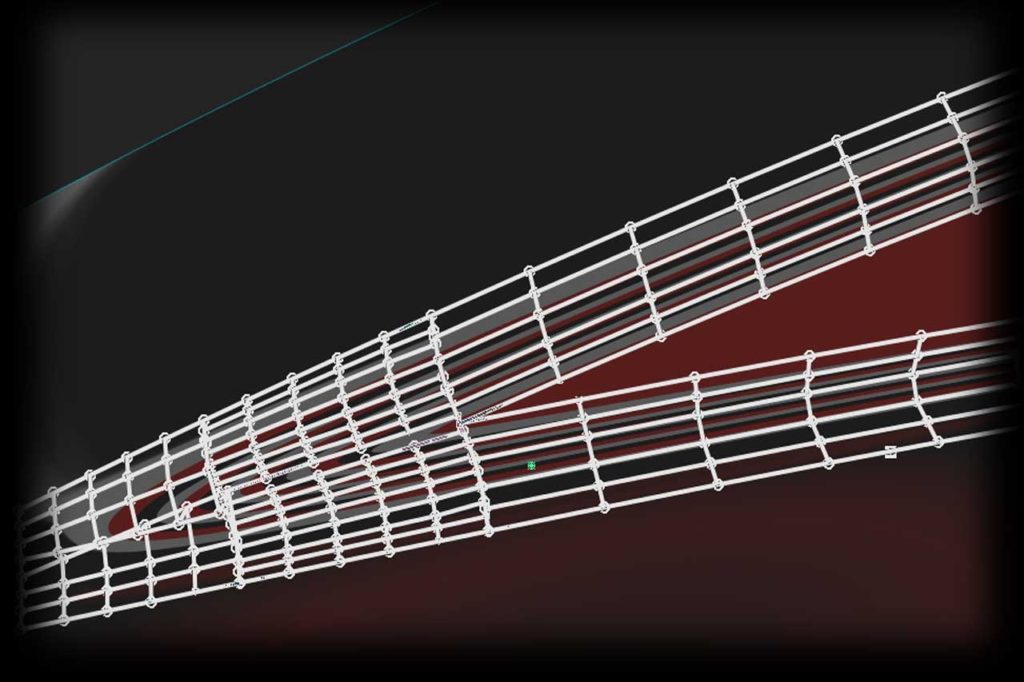
As a matter of fact you can reduce 3D model development and boost surface complexity by having carefully thought-out surface arrangement strategy. The most effective auxiliary tool is the Curvature Evaluation with Principle Max. The tool can indicate how to ‘chop up’ topology. You can use it to understand your model characteristics even before you start modeling.
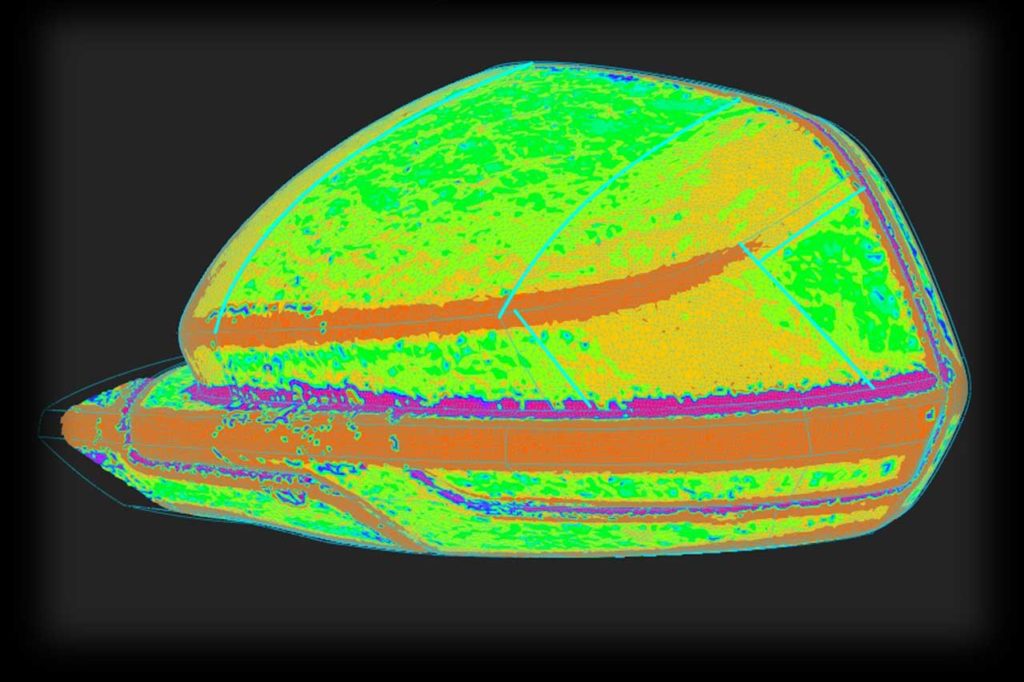
Understand Trickery Behind
Are your models in low spirits? It is a common scenario for models built without the surface acceleration, or so called: surface lead-in. Without it your transitional surfaces that connect primary slabs will have to take over all ‘hard work’ of realizing the shape you are trying to achieve. It is a bit like working in 0 and 1 binary code environment with nothing in between. Surface acceleration will buffer geometrical surface transitions and make models looking much more refined. CVs can be added to curves or planar slab surfaces to punch out required shapes and volumes. The acceleration effect is often achieved by sliding and/or pushing/puling of CVs and can be observed by changing curvature comb.
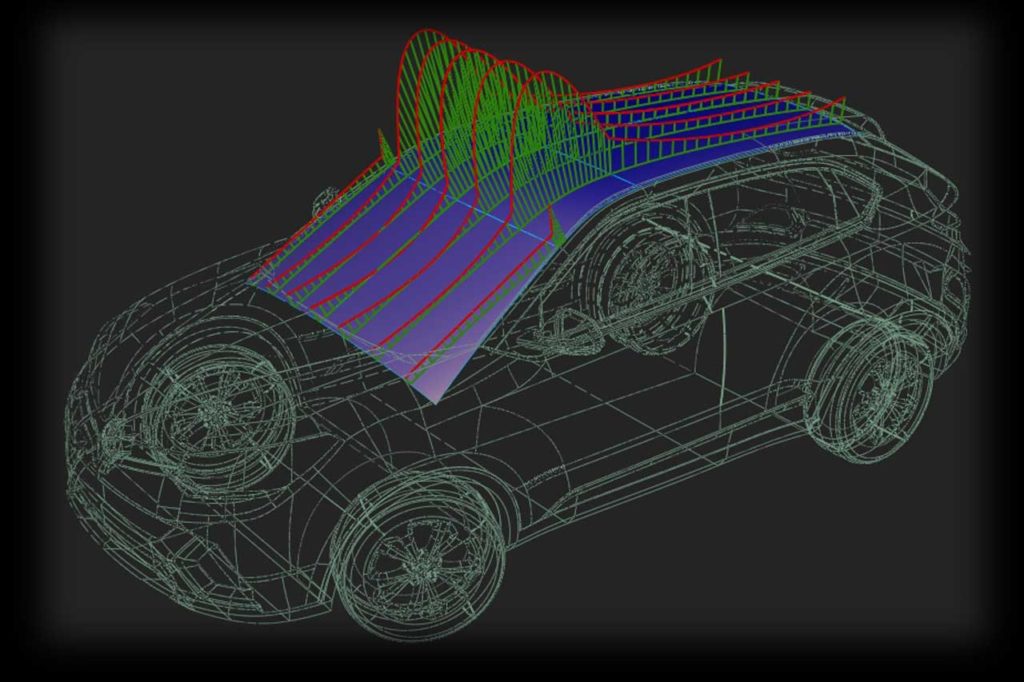
3D modeling packages offer a whole palette of tools to presumably make modeling easier and faster. All kinds of geometry rebuild aids can be included in this group.
However, experienced modelers know that the majority of tools are, in fact, just a cosmetic addition, which is not utilized very often in design studios. Don’t think that shortcut tools can be the remedy for your 3D model’s lack of composure. The secret to a high level modeling is very straightforward. The most important tools out of the whole palette are just a few basic modeling aids. A curve with manual manipulation might seem trivial but it is all you need (link to my other article 17). It is because good curves will create good resultant surfaces. On the other hand, the bypass tools on offer might speed up the modeling process but in a long term will lead you to an inaccurate low quality results. There is no magic tool substitution for a decent piece of manual modeling.
Simplicity is the ultimate sophistication. This principle is often forgotten when entangled in the nuances of 3D modeling. Keeping the complexity of geometry to its minimum will save you time during sculpting, as fewer CVs handle better. It will also improve your chances to succeed, because lighter patches will be more naturally inclined to produce better highlights. Limited CVs might cause you minor problems regarding position alignments, which should be dealt with after the design lock. When you are not sure about the exact method of doings just start simple and loose. Gradually move towards more complex and tight while nailing down the design form of your model. The more shape confident you are the more sophisticated, and therefore complex surfaces you can pursue. (link to my video+time)
Dramatically Increase Surface Quality!
Enhance your vision by dimming down colors of your 3D working space. To balance the dark background brighten up contours of your model will help you see your geometry more accurately. This is because of high contrast between two opposite spectrum tints. Additionally, if you combine this with a screen compressing habit and a sharp visual angle geometry inspection, you will see details that otherwise could be overlooked. (link to my video+time). Also remember to inspect your model from every angle in 3D space and not only in a few ‘dead views’.

Spans are your friends that you should invite to the game. There are situations where introducing spans can be beneficial. Let’s say you want to create a patch over a wider span of surfaces. You would normally need multiple surfaces to cover out the opening. However, at the beginning it is worth creating a single patch and gradually add more CVs and even spans along the way. Number of spans will depend on the size (width and height) of the opening to cover up, which will normally stretch to form a suitable length patch. Also I like to introduce a master span through the center of my models – along roofs, hoods, bumpers etc. Basically in all major components that run through the center axis will I add an extra span. I do it for a better’ sculptability’ and control, as spans can greatly make your surfaces ‘willing’ to obey your modeling workflow. (image of the span running through the centre on the MG)

Does it Hurt My Employability and Remuneration?
As you slowly progress through your career, not coming up with neat solutions to the problems that you encounter might hinder your development. Employees’ come about rate in automotive is high. Many people come, but also many people leave, and you might simply be forgotten and ‘put aside’ if you don’t stand out. In the global financial turmoil economy slows down every 5 years or so. If that happens, and you are not in a good shape you will be the first on the ‘to go’ list. Secondary, your wallet, although ‘fat’ might not be as packed up as wallets of your fellow modelers. But probably far the most important factor is self-satisfaction from your achievements and performance. It is very rewarding to know that you are in control of your work and that nobody will be finishing it off for you. When the model is singed off for production, you could proudly say that it is actually entirely yours.
